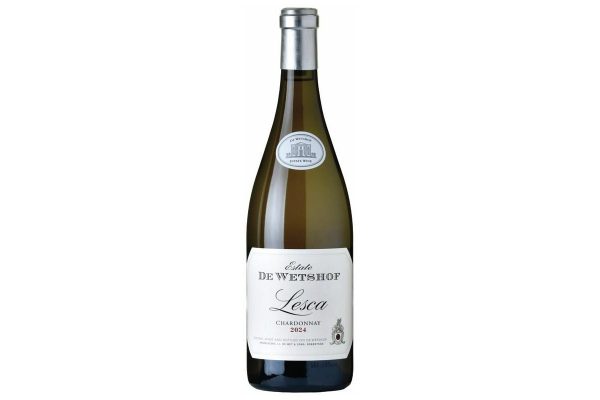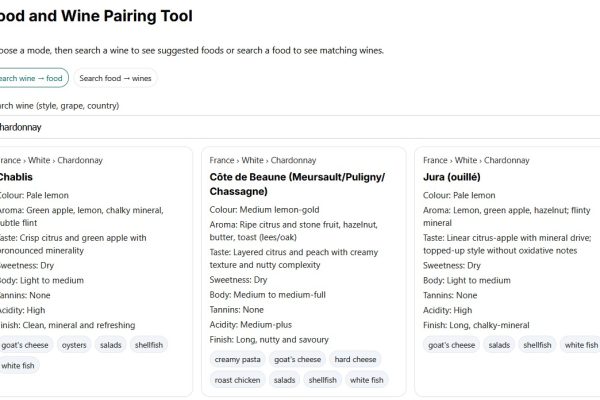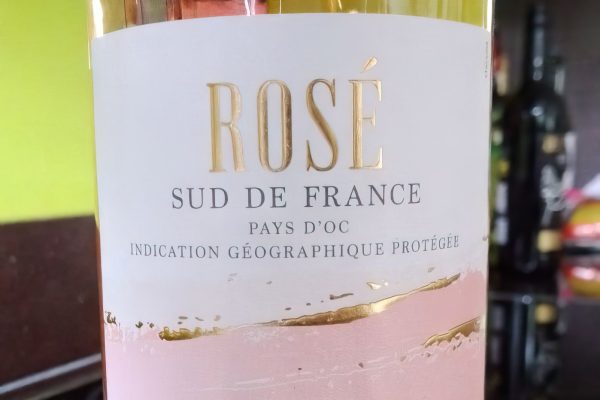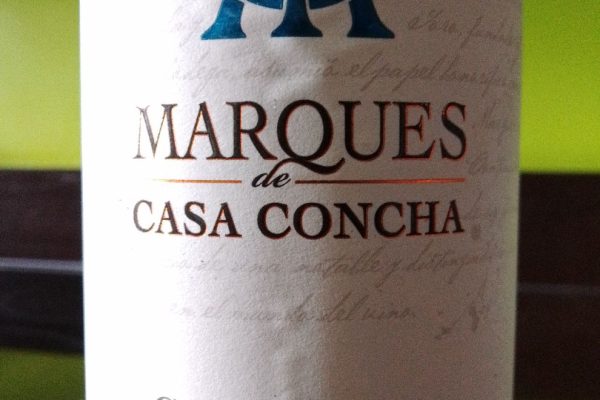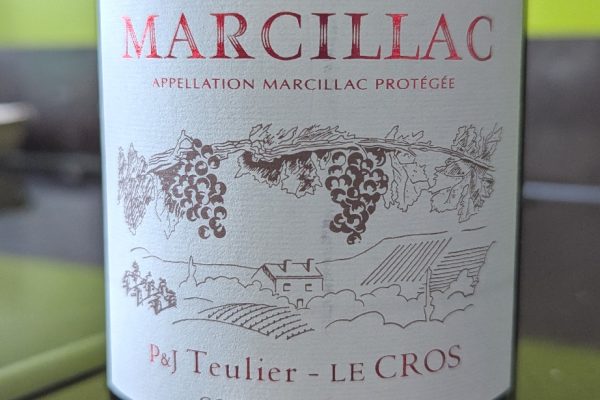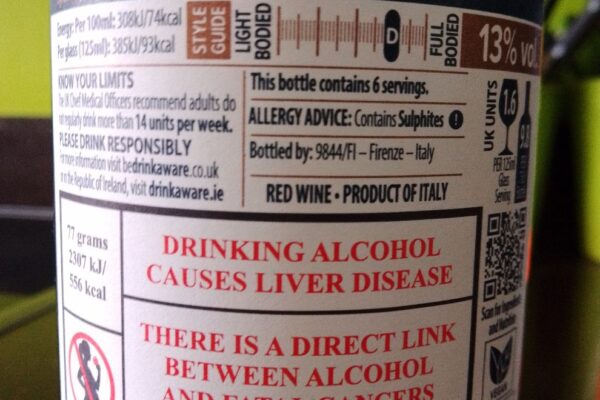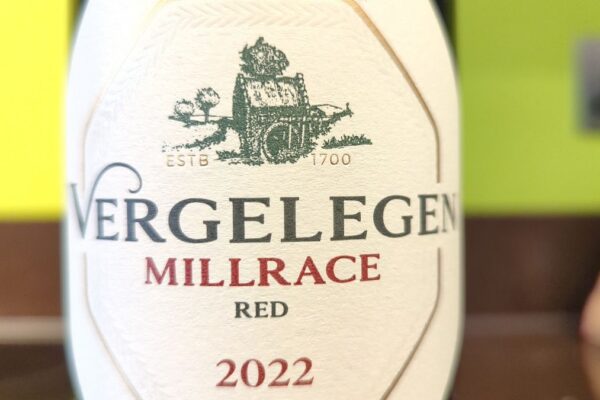
New research on Dealcoholized wine: Techniques, sensory impacts, stability, and perspectives of a growing industry“ is a detailed review examining the production, sensory implications, stability concerns and future prospects of dealcoholised wine.
Growing interest in dealcoholised wine is largely driven by health-conscious consumers, social trends encouraging reduced alcohol intake, and legal considerations such as road safety. Consumers increasingly seek alternatives that offer the benefits and enjoyment of traditional wine without the associated alcohol content. The global market for such products is expanding rapidly, estimated to exceed US$10 billion.
The review outlines a range of post-fermentation techniques used to remove or reduce alcohol in wine, including reverse osmosis, osmotic distillation, vacuum distillation, spinning cone column, pervaporation, and diafiltration. Each method has a distinct impact on the final product’s composition and sensory profile. For instance, while reverse osmosis and osmotic distillation are widely used and effective, they often result in the loss of aromatic compounds, which can affect taste and bouquet. Vacuum distillation allows for complete alcohol removal but tends to degrade sensory quality significantly due to volatile losses. The spinning cone column offers more selective ethanol removal with improved retention of aroma, particularly when the separated aromatic compounds are reintroduced. Pervaporation and diafiltration are newer and more niche technologies, with the former showing potential despite cost and aroma loss, and the latter offering promising results in maintaining overall wine composition.
The paper also discusses the challenges of maintaining the chemical, microbial, oxidative, and colour stability of dealcoholised wines. Alcohol plays a preservative role, so its removal increases susceptibility to spoilage and requires greater attention to winemaking and storage processes.
From a regulatory perspective, thresholds for dealcoholised and alcohol-free wines vary. In the UK, wine may be labelled ‘dealcoholised’ if it contains less than 0.5% alcohol by volume, while ‘alcohol-free’ refers to wine with less than 0.05% ABV.
Sensory studies reveal that reducing alcohol can affect mouthfeel, perceived sweetness, bitterness, and overall balance. Mild reductions (around 1–2% ABV) tend to be better received, whereas more drastic reductions may impair the wine’s flavour profile, leading to reduced consumer acceptance.
The production of dealcoholised wine is a rapidly evolving area within the wine industry. Advances in technology are helping producers address the complex challenge of reducing alcohol content while preserving the key sensory attributes that define wine. The continued success of this category depends on further innovation, especially in improving sensory outcomes and ensuring product stability.




